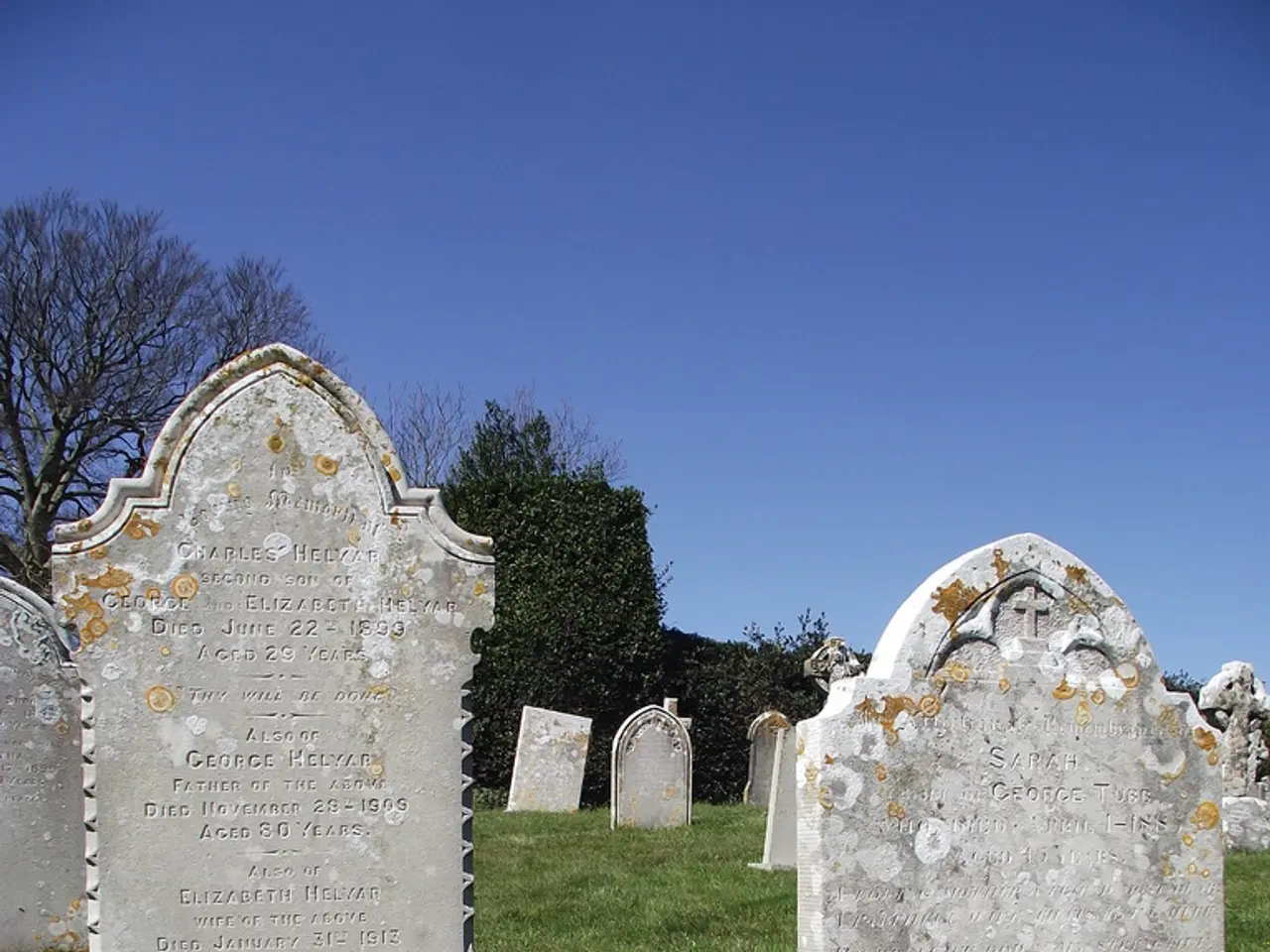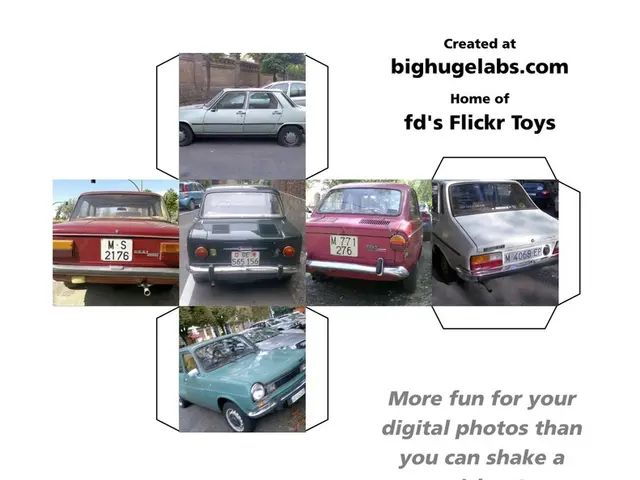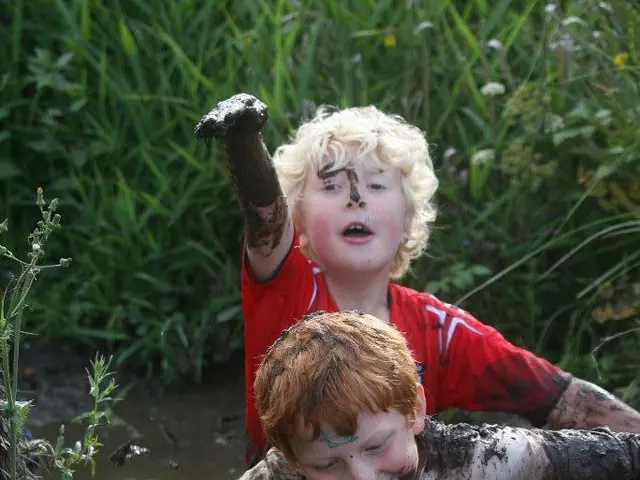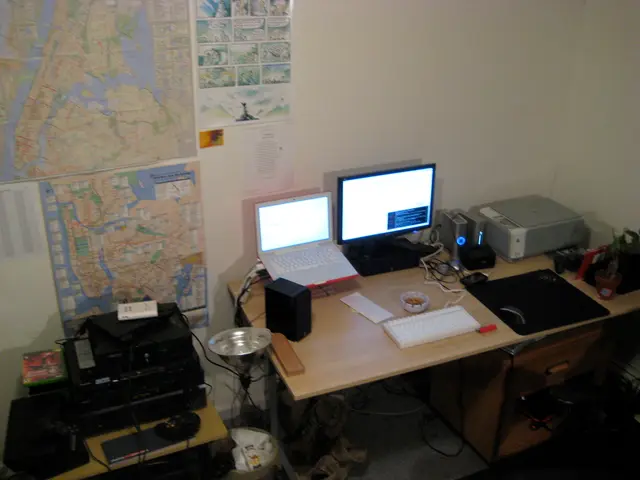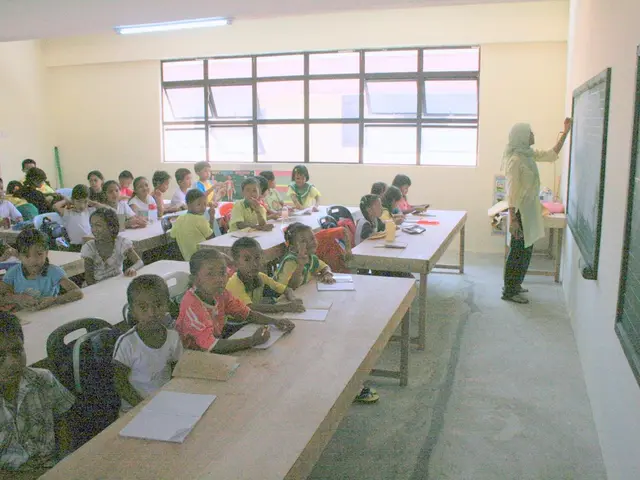Locating a buried person's resting place and tending to their grave from a distance, with the aid of drones, raises questions.
In a bid to preserve historical information and heritage, Kazakhstan has embarked on a significant digital cemetery project. The initiative, which started in 2022, aims to digitize cemeteries across the country, making it easier to access and manage grave data, and ensuring that the memories of the deceased are not lost to the passage of time.
The project, spearheaded by KazAeroSpace, has already made significant strides. In Nur-Sultan alone, 28 cemeteries with over 140,000 graves have been digitized, creating a comprehensive digital search map. This digital map, along with a web portal, offers online solutions for funeral organization and grave maintenance.
The web portal also provides a function for ordering maintenance and beautification services for graves, ensuring that the resting places of the deceased remain well-maintained.
The use of advanced geoinformation system (GIS) technologies has been instrumental in creating the digital map and web app. This technology allows for improved cemetery management and planning their development.
The project's goals extend beyond just digitization. It aims to preserve historical heritage, increase data accessibility, protect against information loss, and preserve graves of close relatives. To achieve full operation and scaling of the project nationwide, integration with various databases is needed, along with collaboration with interested ministries, akimats, and large regional funeral companies.
The importance of this project is underscored by the fact that Kazakhstan is home to 130 ethnic groups and 17 religious denominations, and has seen the departure of 4.2 million people, leaving relatives buried in the republic. Digitization helps track the condition of graves and monuments, which is relevant for relatives.
Other countries have also embraced digital cemetery initiatives. In the UK, some cemeteries collaborate with genealogical researchers for creating family trees. In Israel, graves are electronically digitized, leaving a digital trail for future generations. Various projects in the United States digitize cemetery information, using interactive maps and online databases to make it easier to search and preserve genealogical information.
In South Korea, digital guides are implemented in cemeteries for convenient search and navigation. Japan uses modern technology for cemetery management and provides grave information through mobile apps and websites. Even in Israel, digital guides are implemented in cemeteries for convenient search and navigation.
Baglan Kaziev, General Director of KazAeroSpace, considers the digitization of cemeteries important due to the large migration of Kazakhstanis and the difficulty of maintaining graves. He believes that this project will not only preserve the historical heritage of the country but also make it more accessible to the public.
The project also leverages blockchain technology, notably via a partnership with Solana, to create a Web3 innovation zone. This digital infrastructure framework includes a "Smart Cargo" platform for customs and logistics processes, fostering projects such as CryptoCity for digital asset transactions and a national blockchain education program.
By digitizing its cemeteries, Kazakhstan is ensuring that its historical information about the deceased is preserved for future generations, while also making it easier to manage and maintain these sacred spaces.
Read also:
- Weekly update from the German federal parliament, Bundestag
- Eco-Friendly Wine Farming and Production Methods
- Unveiling of Sportradar's Third Integrity Report in Sports Industry
- Lawmakers in California are increasingly favorable towards geothermal energy, a form of renewable power generated from the Earth's heat.
